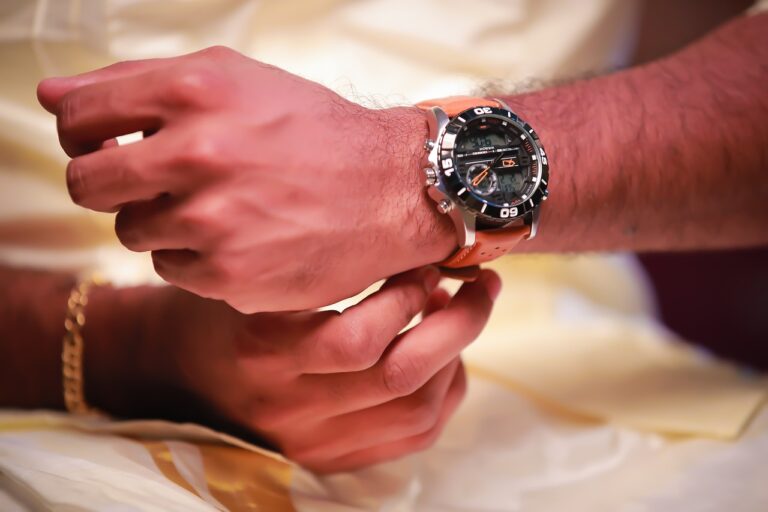Fashion and Music: Iconic Album Covers and Their Influence on Fashion
Album covers serve as visual representations of the music contained within an album, providing fans with a glimpse into the artist’s creative vision and the themes explored in the music. These covers often become iconic symbols that are closely associated with certain time periods, genres, or cultural movements. From Pink Floyd’s “The Dark Side of the Moon” to The Beatles’ “Sgt. Pepper’s Lonely Hearts Club Band,” album covers have the power to evoke strong emotions and memories in listeners.
Moreover, album covers can be viewed as cultural artifacts that reflect the values, trends, and ideologies of the society in which they were created. Artists and designers intentionally incorporate symbols, imagery, and typography that resonate with the target audience or convey deeper messages related to the music. As such, analyzing album covers through a cultural lens can offer valuable insights into the historical context and societal influences that shaped both the music industry and popular culture.
The Relationship Between Music and Visual Aesthetics
Music and visual aesthetics have a symbiotic relationship that has been evident throughout history. The album cover, as a visual representation of the music enclosed within, plays a crucial role in shaping the overall aesthetic experience for the listener. It serves as a gateway into the sonic world created by the artist, setting the tone and mood even before the first note is played.
The visual elements of an album cover, such as typography, imagery, and color palette, are carefully curated to complement the music and convey the artist’s intended message. Just as a song can evoke emotions and memories, a well-designed album cover has the power to elicit a visceral response from the viewer. The interplay between music and visual aesthetics adds depth and dimension to the listening experience, creating a multi-sensory journey for the audience.
How do album covers serve as cultural artifacts?
Album covers are a visual representation of the music contained within, reflecting the style, themes, and emotions of the music. They often serve as a cultural snapshot of the time period in which they were created.
How does visual aesthetics relate to music?
Visual aesthetics and music are closely linked, as the visual elements associated with music, such as album covers, music videos, and stage design, can enhance the listener’s experience and provide additional context to the music.
Why are album covers important in the music industry?
Album covers are important in the music industry as they help to create a visual identity for the artist or band, attract attention from potential listeners, and convey the mood or theme of the music.
How can visual aesthetics impact the perception of music?
Visual aesthetics can greatly impact the perception of music by setting the tone for the listener and influencing their interpretation of the music. A well-designed album cover can enhance the overall listening experience.
Are there any notable examples of album covers that have become iconic in popular culture?
Yes, there are many iconic album covers that have become ingrained in popular culture, such as The Beatles’ “Abbey Road,” Pink Floyd’s “The Dark Side of the Moon,” and Nirvana’s “Nevermind.” These covers have become symbols of the music they represent and are instantly recognizable to fans.





